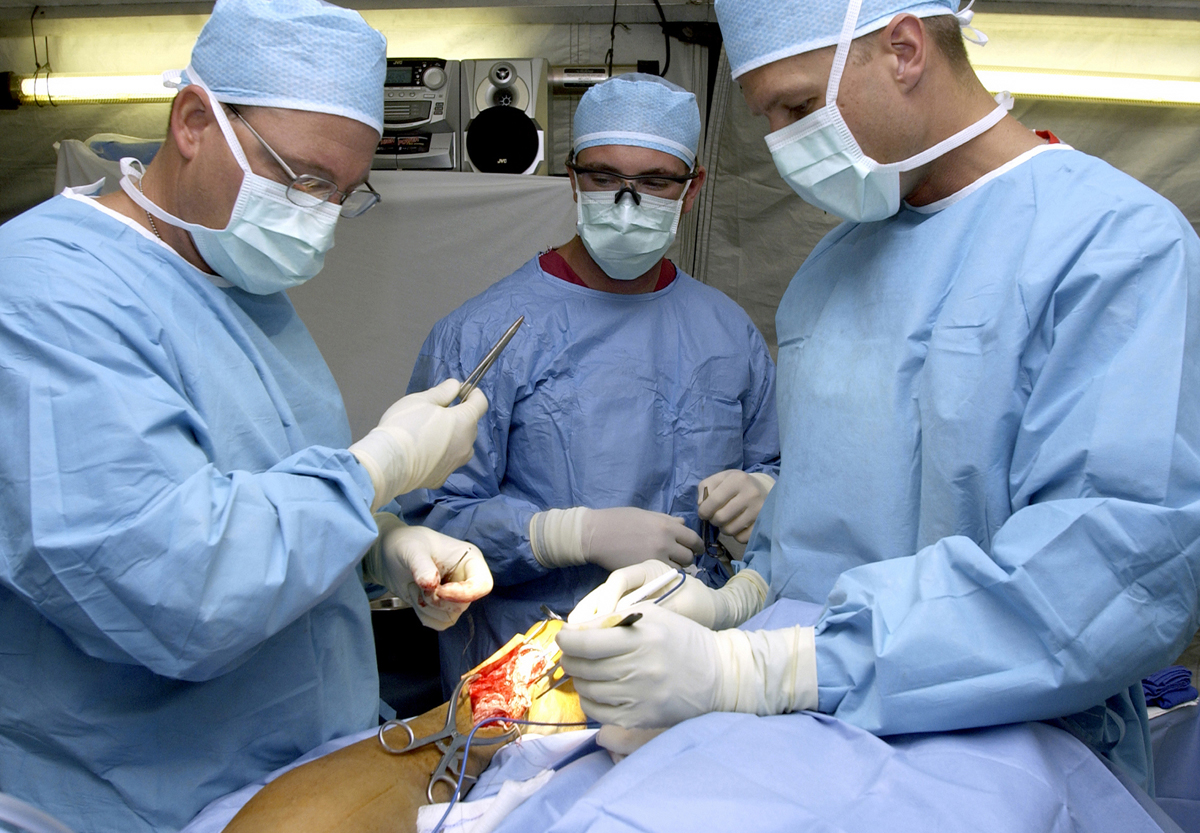
Photo from academic.microsoft.com
Clinical or subclinical primary hyperparathyroidism (PHPT) is one of the most common endocrine disorders in the world. Parathyroidectomy is the treatment of choice in symptomatic patients, stabilizing the progression of… Click to show full abstract
Clinical or subclinical primary hyperparathyroidism (PHPT) is one of the most common endocrine disorders in the world. Parathyroidectomy is the treatment of choice in symptomatic patients, stabilizing the progression of complications caused by the destruction activity of parathyroid hormone (PTH). Parathyroid surgical techniques have evolved over the years from bilateral neck exploration, to minimally invasive single parathyroid gland exploration, to minimally invasive video-assisted parathyroidectomy. Localization of the abnormal parathyroid gland before surgery is crucial for the operation to be effective. Increased incidences of reoperations of the parathyroid glands and the rapid development of minimally invasive methods led to the development of new localization techniques. The noninvasive studies include ultrasound (US), computed tomography (CT), magnetic resonance (MR) and 99mTc-methoxyisobutylisonitrile (MIBI) scintigraphy combined with single-photon emission CT (SPECT/CT). Among the latest technologies, the four-dimensional (4D)-CT scan, positron emission tomography (PET)/CT and PET/MR are very promising, and are going to have surgical implications in the future.
Journal Title: Gland surgery
Year Published: 2020
Link to full text (if available)
Share on Social Media: Sign Up to like & get
recommendations!